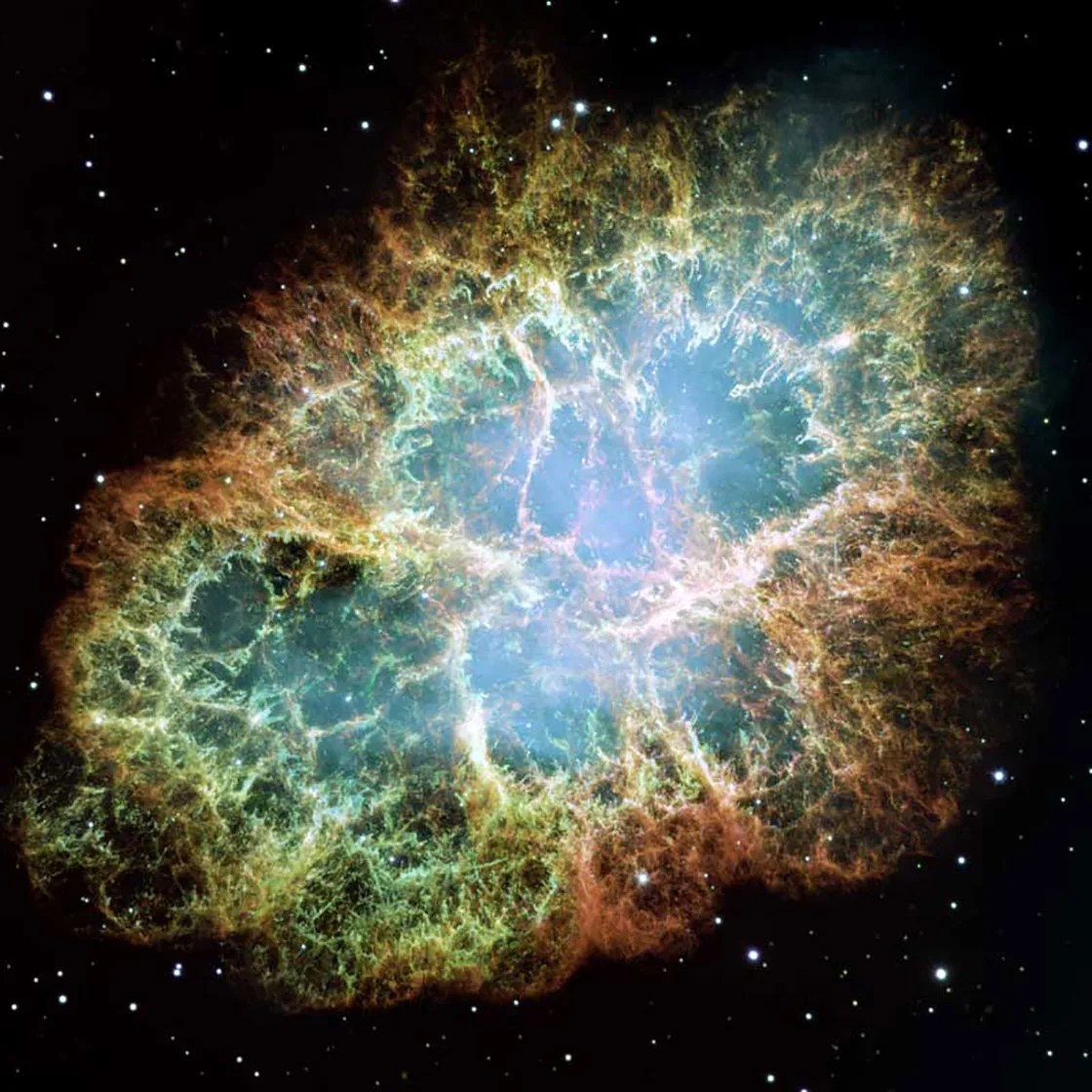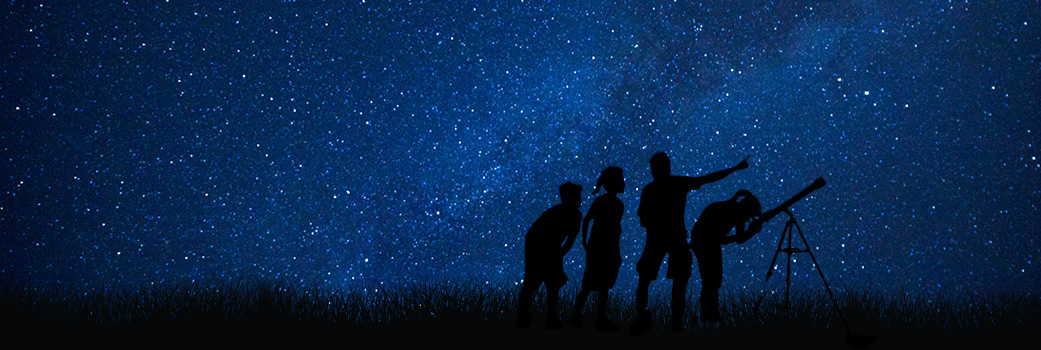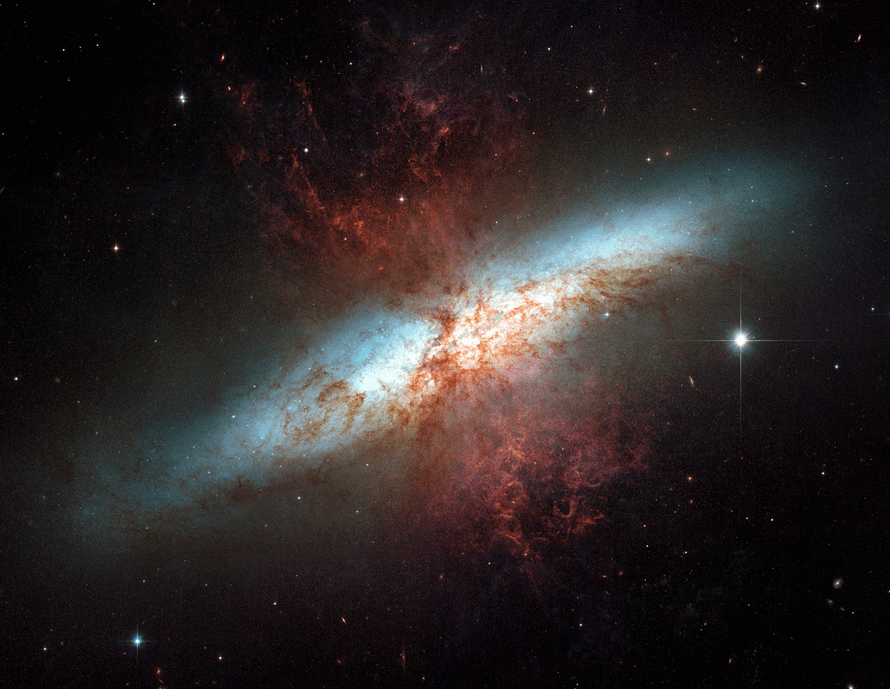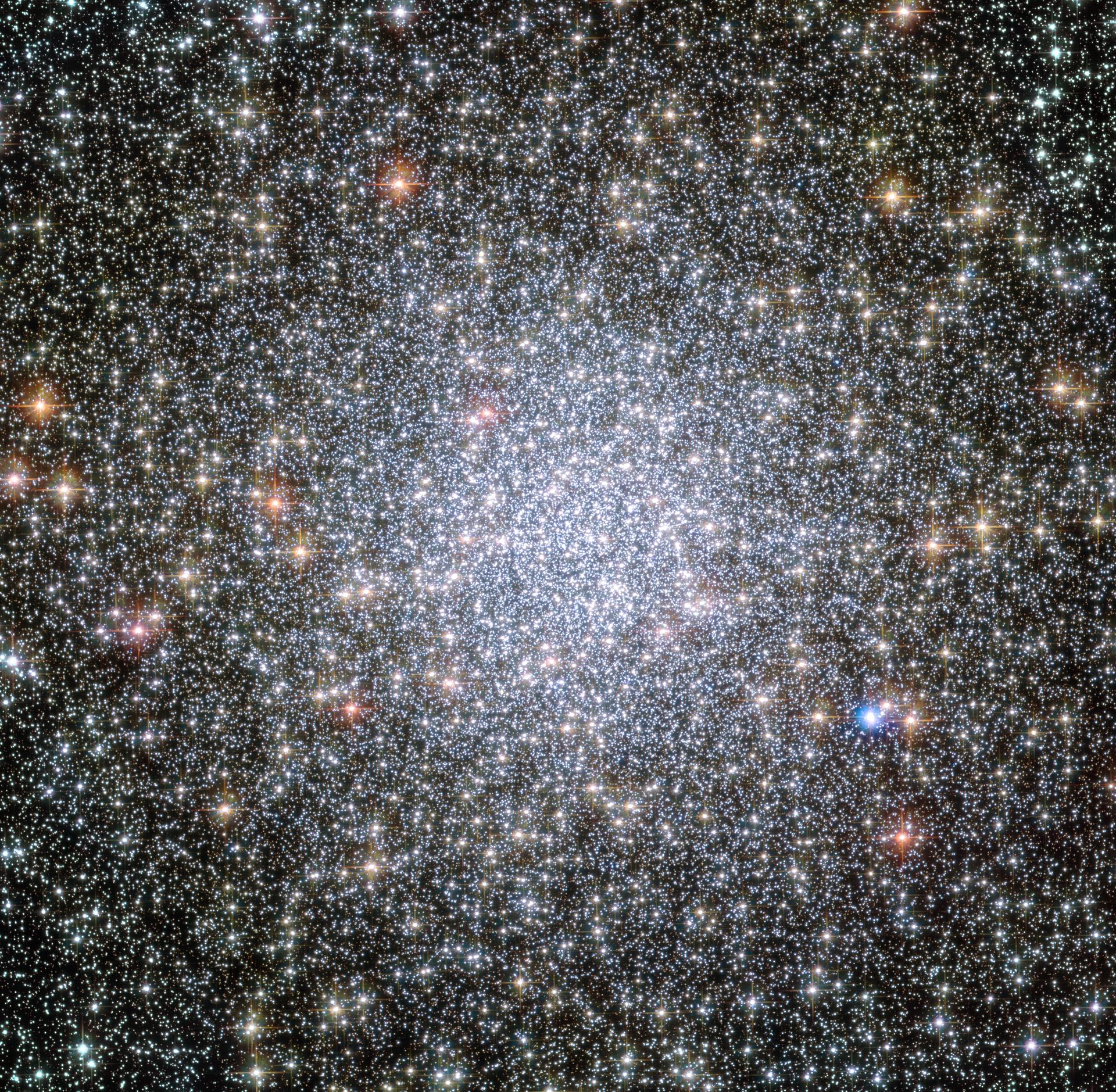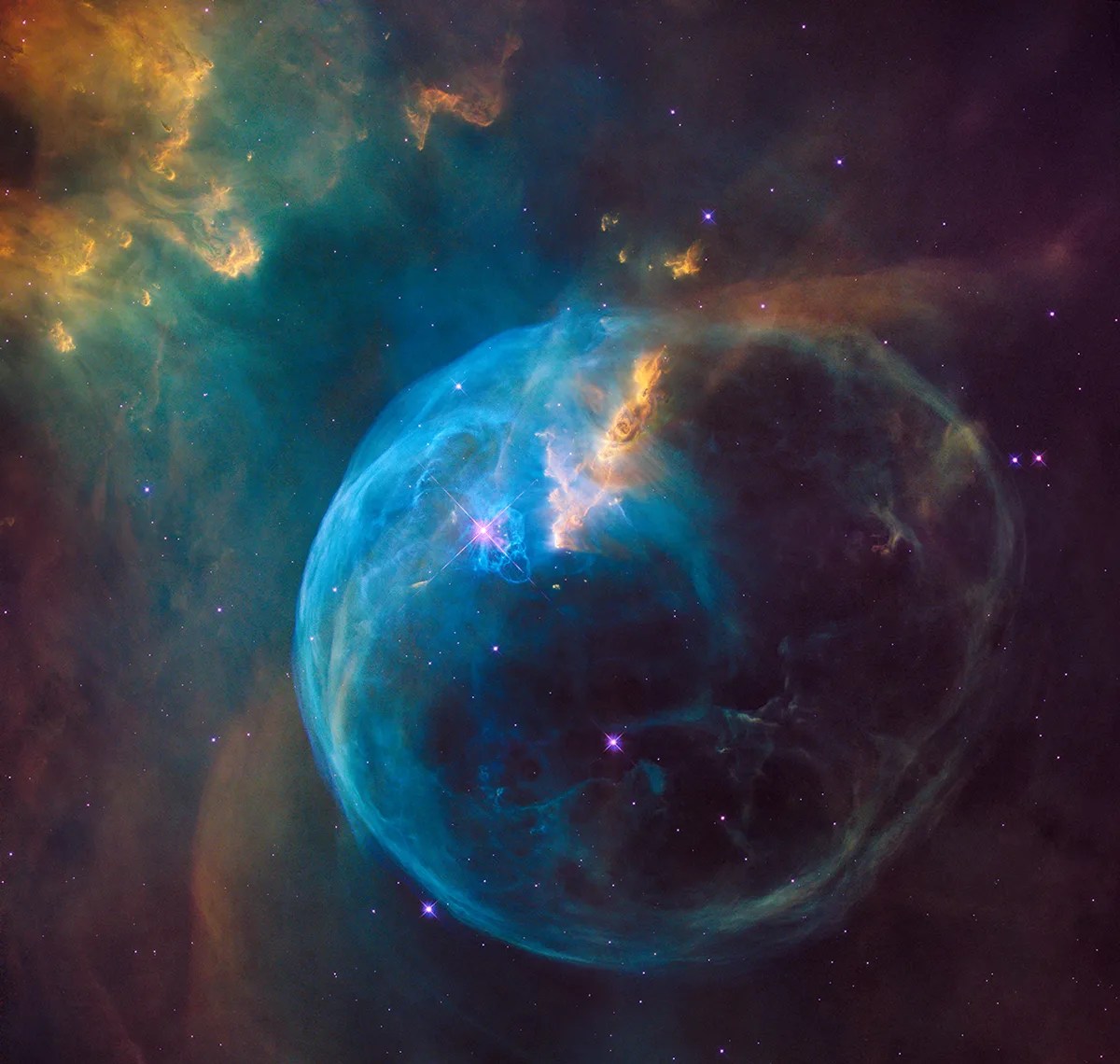Do you have a telescope? Would you like to see some of the same night sky objects from the ground that Hubble has from space? We invite you to commemorate Hubble’s 35th anniversary by accepting our year-long stargazing challenge. On a clear night, find a safe location with a dark sky away from bright lights, point your telescope skyward, and with the help of star and finder charts, gaze upon some of the same iconic nebulae and galaxies Hubble has observed. How many of them can you find?
Hubble is working with The Astronomical League to coordinate the “Hubble’s Night Sky Observing Challenge” program, providing successful observers with recognition of their achievements. The challenge includes two levels and observers do not need to be an Astronomical League member to participate. Visit The Astronomical League’s Hubble Night Sky Observing Challenge page to learn more about the requirements.

For amateur astronomy clubs, science centers, museums, and other astronomy enthusiasts, use these monthly lists as a guide to conduct star parties that provide an opportunity for the public to see some amazing astronomical objects in person.
Tips and Useful Info
- Each month of the year has its own list of night sky targets, found below. A large backyard telescope can see these objects under a dark sky away from city lights.
- Each month throughout 2025, Hubble will release the following month's list of objects.
- While binoculars and smaller telescopes may reveal some of the brighter targets, we recommend using a telescope at least six inches in diameter for best viewing.
- We encourage you to compare the view of these objects in your telescope to images Hubble has taken of them. However, please keep in mind that, thanks to the blurring effects of looking through Earth's atmosphere with a ground-based telescope, what you see will very likely not look quite the same as what Hubble, a space telescope located above the atmosphere, is able to see.
- Some targets may be visible from most locations on Earth, while others are only visible at specific latitudes and may not be accessible for those in other parts of the world. Each month has two lists of recommended objects: one for the Northern Hemisphere and another for the Southern Hemisphere. For best results, we recommend using the list that corresponds to the part of the world you live in.
- These lists contain night sky targets from two different groups: the ones that begin with “M” are from the Messier catalog, while those that start with “C” are part of the Caldwell catalog.
- From the monthly pages, click on the object you would like to observe. The link takes you to a page that provides detailed information about the object, including a finder star chart that shows you where to look in the sky.
- Although each object's page holds a finder chart, we suggest that you also use a detailed star chart to guide you toward the target you’d like to observe. Many books, software programs, apps, and websites provide star charts for the Messier and Caldwell objects on these lists.
Night Sky Object Lists by Month
Click on the current month below to find a target object from the list and compare your observations with Hubble's. Check back each month throughout 2025 to find the upcoming month's list of target objects.
